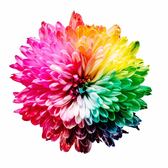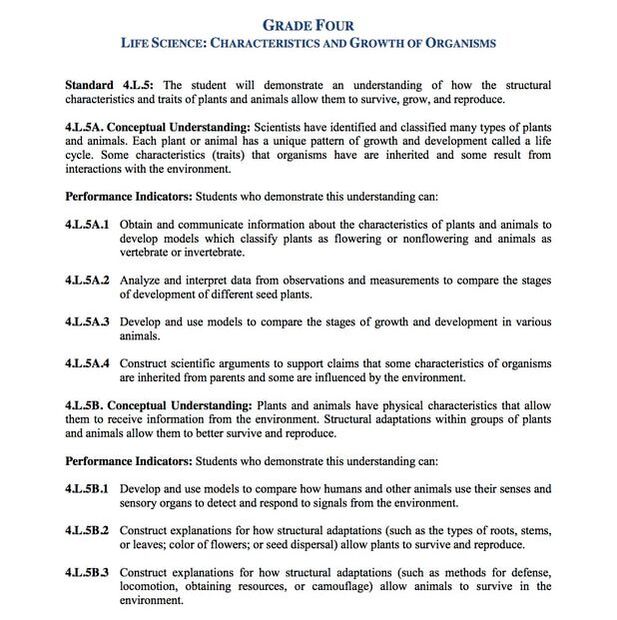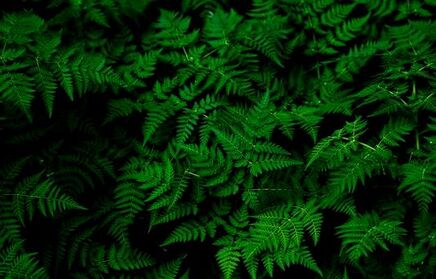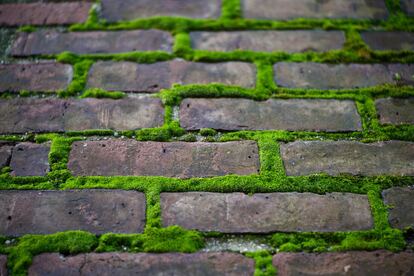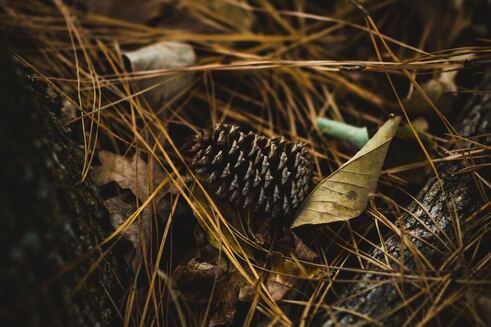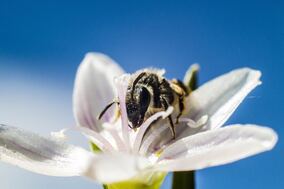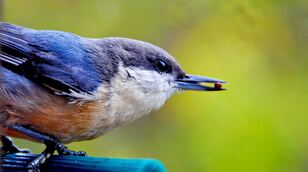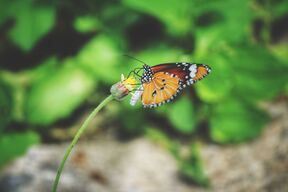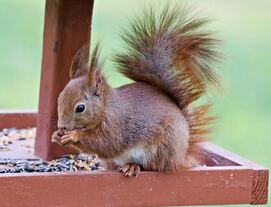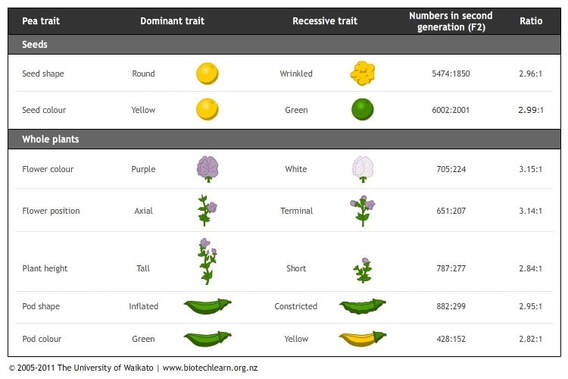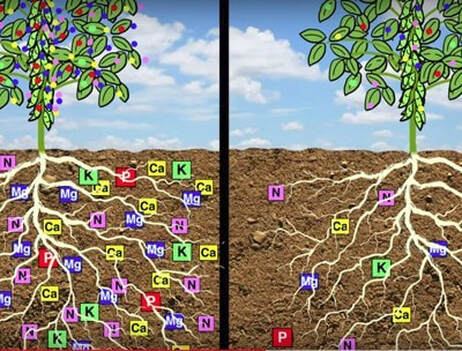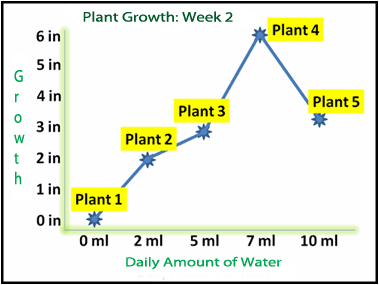4th Grade
Life Science: Characteristics of Organisms
Instructions: Students, complete the portion your teacher assigns.
Read the info in black. Write the info in blue in your science journal.
Read the info in black. Write the info in blue in your science journal.
|
Make some lists:
What living things can you think of? What do all living things have in common? What can all living things do? |
All living things must develop survival traits and skills. All living things grow. All living things reproduce. |
Can you think of some plants that don't produce flowers?
Nonflowering plants do not produce flowers.
Nonflowering plants do not produce flowers.
|
Watch the video and complete the following:
1. Flowers come from ______. 2. Popcorn kernels, beans, and peas are all ______. 3. Sketch and label the parts of a seed. 4. When a seed is dormant, it is ______. 5. What does a plant need in order to start growing? 6. When a seed germinates, it _____. 7. The endosperm is ______ for the young plant as it grows. 8. The first part of a plant to grow is always the ______. It always grows _____. 9. What do you think helps a root to know which direction to grow? 10. The first green part of a plant to grow is called a _____.
|
Ask your teacher if you can do as the video suggested, and plant a seed. |
Why do some plants produce flowers?
Flowers are an adaptation that help plants reproduce in two different ways.
Flowers are an adaptation that help plants reproduce in two different ways.
- Draw a sketch of each way flowers help plants to reproduce.
List some characteristics a plant might inherit from its previous generation?
|
In 1856, Gregor Mendel wondered how traits (characteristics) were passed from parent to offspring. He began a series of experiments with pea plants and found that the traits in the chart are inherited traits. His hypothesis was that traits in one generation were a blend from the parents, but he found out that this was not true. Usually, the trait shown as dominant, appears much more often in the offspring than the trait shown as recessive. |
Refer to the chart. Copy the questions and fill in the blanks in your notebook.
1. In peas, seed shape can be _____ or _____.
2. In peas, the flower can be _____ or _____.
3. In peas, the pea is the _____. It can be planted to grow new _____.
4. In peas, the pod colour can be _____ or _____.
5. If a pea plant with purple flowers were crossed with a pea plant with white flowers, the offspring would have _____ flowers.
6. What animal could help a purple flowered plant cross-pollenate with a white flowered pea plant?
7. Usually, the trait shown as dominant appears more often than the trait shown as recessive, but with _______ this is not true.
1. In peas, seed shape can be _____ or _____.
2. In peas, the flower can be _____ or _____.
3. In peas, the pea is the _____. It can be planted to grow new _____.
4. In peas, the pod colour can be _____ or _____.
5. If a pea plant with purple flowers were crossed with a pea plant with white flowers, the offspring would have _____ flowers.
6. What animal could help a purple flowered plant cross-pollenate with a white flowered pea plant?
7. Usually, the trait shown as dominant appears more often than the trait shown as recessive, but with _______ this is not true.

Plants not only get traits from their parents, but they can develop certain traits from factors in their environment.
Gregor Mendel was examining the traits his plants would inherit, but in what ways would he have had to care for ALL of his plants so that he would not be the cause of variations?
Gregor Mendel was examining the traits his plants would inherit, but in what ways would he have had to care for ALL of his plants so that he would not be the cause of variations?
|
A 4th grader saw this diagram in her Science textbook. She knew that the abbreviations were nutrients. Ca=Calcium, Mg = Magnesium, K= Potassium, N=Nitrogen. Explain the diagram, in your own words. How does adding fertilizer (nutrients) change the traits of the food we eat? This diagram shows that the plant grown in soil with more nutrients has more nutrients in its roots, stems, leaves, flowers, and fruit. It is difficult to test for nutrients, but how could you design an experiment to see if adding plant food to soil makes plants grow taller? Sketch this experiment in your notebook. |

